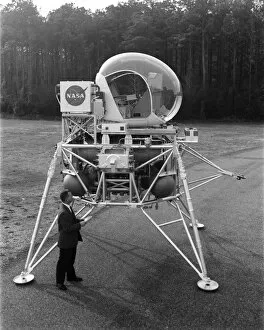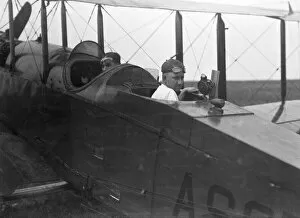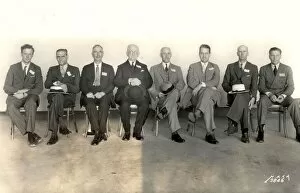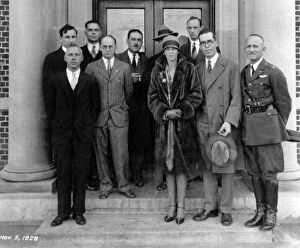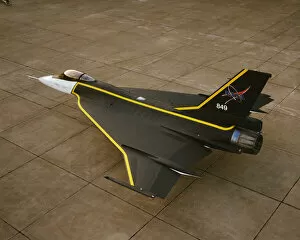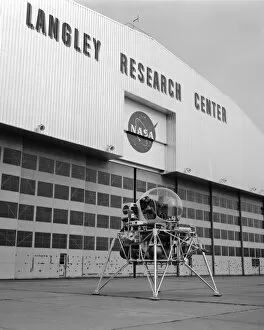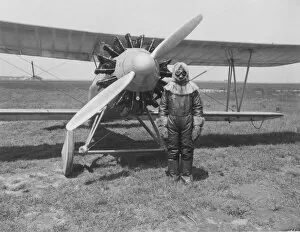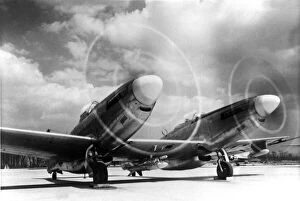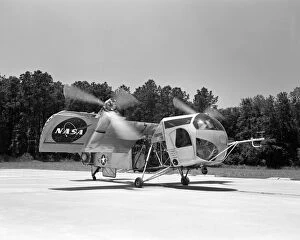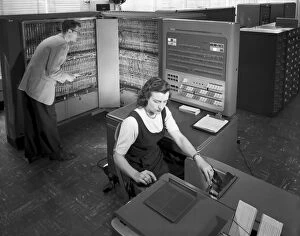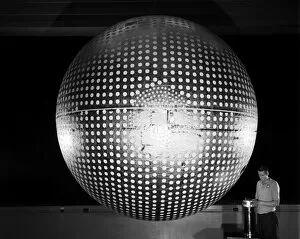Langley Research Center Collection
Langley Research Center, located in Hampton, Virginia, has been at the forefront of aerospace research and innovation for decades
All Professionally Made to Order for Quick Shipping
Langley Research Center, located in Hampton, Virginia, has been at the forefront of aerospace research and innovation for decades. From drop tests at the Lunar Landing Research Facility to pioneering aviation conferences, Langley has played a pivotal role in shaping our understanding of flight and space exploration. In 1974, NASA conducted a momentous drop test at the Lunar Landing Research Facility. This test aimed to simulate lunar landing conditions and refine spacecraft designs for future missions. The results obtained from this experiment paved the way for successful moon landings. One of Langley's notable achievements came in 1963 with the creation of the Lunar Landing Vehicle. Designed by NASA engineers, this vehicle was instrumental in enabling astronauts to safely explore and navigate on the moon's surface during Apollo missions. The rich history of Langley extends back to its early days as well. In July 1929, Langley Laboratory held its annual picnic at Buckroe Beach in Hampton, Virginia. This event not only fostered camaraderie among staff but also showcased their dedication to scientific advancement. Test pilots and engineers have always been an integral part of Langley's success story. A captivating photograph from 1920 captures one such individual who fearlessly pushed boundaries in aviation research while embodying determination and courage. In May 1934, aviation pioneers gathered at Langley Field for a conference that brought together brilliant minds striving towards technological breakthroughs. These gatherings served as catalysts for collaboration and knowledge exchange that propelled aerospace advancements forward. Renowned aviator Amelia Earhart made her mark on Langley when she visited NACA (National Advisory Committee for Aeronautics) headquarters in Virginia in November 1928. Her visit symbolized both her own groundbreaking achievements as well as NACA's growing reputation as a hub for cutting-edge research. The Space Shuttle Orbiter model displayed inside the 16-Foot Transonic Tunnel showcases Langley's commitment to developing advanced spacecraft technology.


